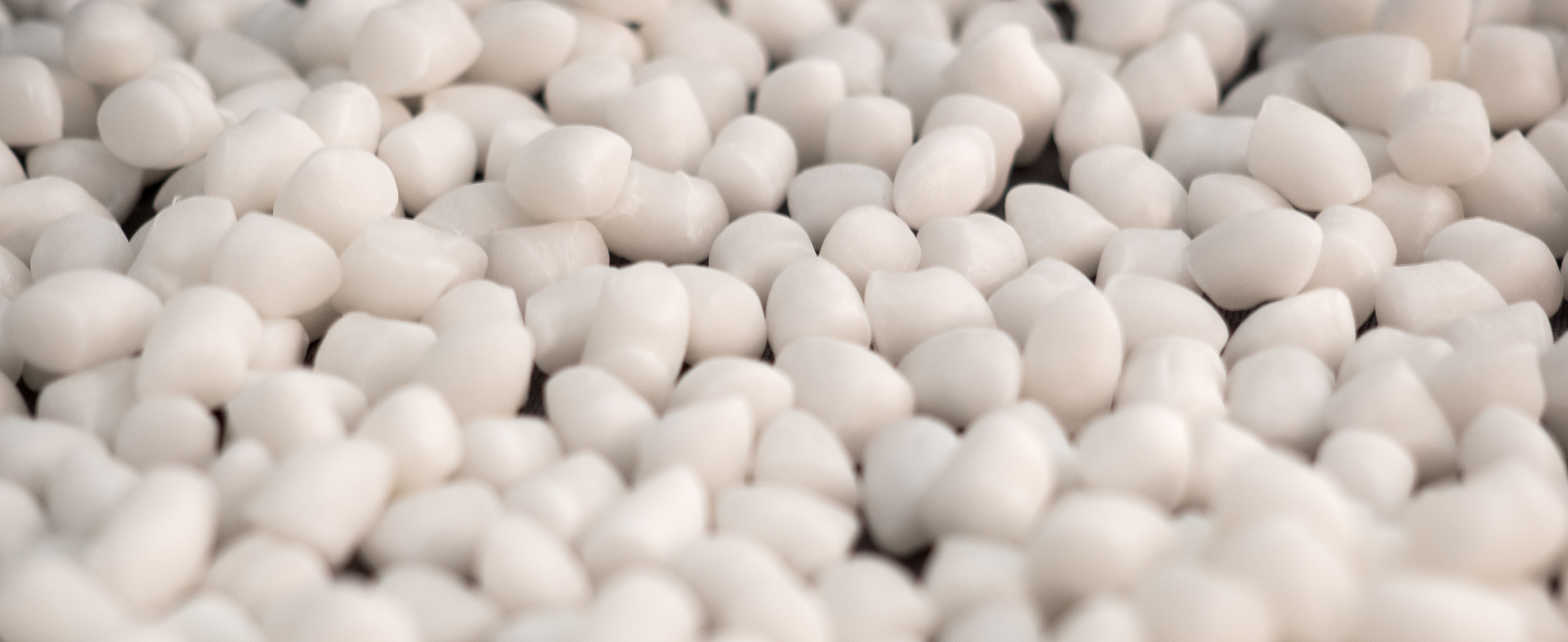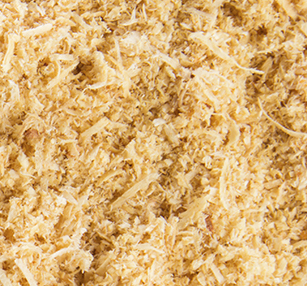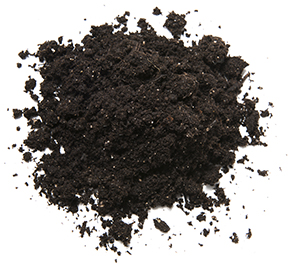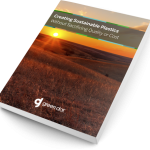A little less petroleum, a lot more sustainable plastic
For people to make smarter material design decisions, sustainable plastic alternatives have to preserve or even build upon the performance characteristics of the original. They must be competitively priced and have unique, genuine advantages that support making a material switch.
Luckily, there are many paths to achieving a more sustainable plastic, and reducing the proportion of petroleum-based feedstock by even small margins can go a long way toward making plastics more sustainable. From slowing input into methane-belching landfills to leaving more greenhouse-gas emitting petroleum in the ground, even small additions of renewable, biobased content can help to drastically reduce harmful emissions.
If what you make means everything to you, make sure you can tell your customers the story of a product that is part of an environmental solution, not a continuation of the environmental problem. Finding the right sustainability strategy for your product means your company is playing a part in reducing the release of greenhouse gases and easing our reliance on non-renewable resources. So, which strategy is the right one for you?
Beginning of life
When we choose to make things, we also make choices about the materials we include in the design. Design is one of the phases during which we can be smarter about the raw materials we choose to enlist. Renewable materials, repurposed materials and scraps otherwise headed for the waste bin are all capable of contributing to a more sustainable plastic.
End of life
When our goods have reached the end of their useful lives, we’re faced with a decision: send it to the landfill, or figure out something better. Recycling, upcycling and composting are increasingly relevant strategies for reducing methane emissions from landfills and reducing the need for virgin materials. During design, it’s worthwhile to consider how your products will be retired when the time comes.

Renewable feedstock
Organic materials like starch and other natural fibers act as substitutes for petroleum-based feedstock and reduce the amount greenhouse gas emissions associated with plastic production. Biobased plastic resins can be made to behave similarly to traditional plastics in the manufacturing phase and to preserve much of the look and feel of purely petroleum-based plastics.
Biocomposites vs. traditional plastics
Just how much are traditional plastics costing us? Are biocomposites the answer?
Reclaimed feedstock
One industry’s byproducts are another industry’s path to sustainability. Wood fibers from milling operations and agricultural waste materials can also be used to substitute out some of the petroleum-based feedstock that goes into traditional plastics. In some cases, up to 70 percent of non-renewable resources can be replaced. With widespread use, reclaimed feedstock could make a serious dent in the amount of fossil fuels used by the global plastics industry.


Biodegradable materials
Compostable plastics can help reduce landfill waste, especially when used for food service in conjunction with composting of food waste, and in many packaging applications. In some cases, such as mulch films, biodegradability provides products with a functional advantage.
Solid waste landfills are one of the largest man-made sources of methane gas (CH4) in the United States. Methane is a powerful greenhouse gas, 23 times more effective at trapping heat in the atmosphere than CO2. Source: [1]
Recycled and upcycled goods
Opting for recycled plastic over virgin-based plastic feedstock yields tremendous energy savings. Upcycling reclaimed and recycled materials into biocomposites used for high quality durable goods not only lightens the environmental footprint of these products, but also creates and expands markets for waste materials that may otherwise be discarded in a landfill.

Over 70% of consumers have shown that they deeply care about whether a product they buy is sustainable
Learn how to meet growing demand for more sustainable products without compromising quality or cost
Why sustainable plastics matter
Plastics are often portrayed as a culprit of environmental degradation. But it doesn’t have to be that way. The four paths to sustainability mentioned above can make the industry part of the solution. But for it to be effective, the quality and performance of the materials cannot be sacrificed. That’s where Green Dot comes in. We’re committed not just to a better bioplastic, but also to a smarter approach to sustainable material sourcing.
Here’s how we’re doing it.
A science-based approach
Our alternatives to petroleum-based plastics are based on the idea that reducing environmental impact doesn’t necessitate a drop in performance. Our product development lab is committed to formulating sustainable materials complete with the characteristics that are important to our customers. We use state-of-the-art technologies in compounding and extrusion for customer-driven product development and testing. Additionally, external partnerships with private companies and several universities allow Green Dot to continuously push the boundaries of innovation and bioplastic expertise.
Style driven
The designers and manufacturers that come to us at Green Dot love their products. They’ve put considerable effort and financial resources into realizing concepts that at one time lived only in their heads. So when they believe that they could become just a little better, just a little bit gentler on the planet, it’s with the understanding that the original style won’t be compromised. Whether it’s a scented child’s toy, a biodegradable phone case or beautiful furniture, we believe that style matters.
Socially conscious
Green Dot’s commitment to the environment is at the forefront of all we do. From reducing reliance on fossil fuels, to being smarter about the way we consume, we believe bioplastics can play an important role in treating the planet better. But sustainability is about more than the environment. It’s about protecting our way of life and being considerate of future generations. We ask you to join us in our journey to make the world a better place through smarter material decisions. Because products that consider humanity as a whole leave the best legacies.
Looking for an informative green design resource?
Sign up for our monthly newsletter to learn about eco-friendly design, trends in sustainable product development and news from the bioplastics industry.


